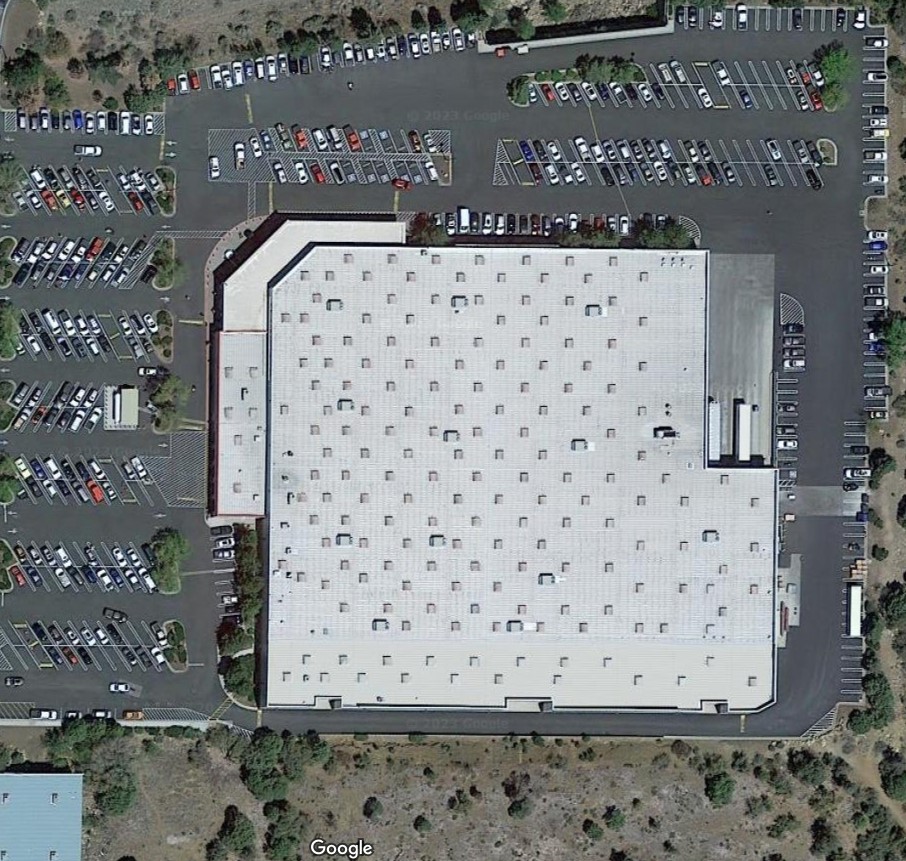

How To Set Up A Back To Eden Garden In Northern Arizona

“For the Lord God had not caused it to rain on the earth, and there was no man to till the ground; but a mist went up from the earth and watered the whole face of the ground.
– Genesis 2:5-6
“I have the worst clay soil on my property, how do I fix it?” is the most common question I encounter while engaging with people about their garden. Most folks struggle to answer this question with deliveries of “garden soil” from the local rock / gravel / sand yard or endless bags of “garden soil” from the local nursery. This is a quick solution that usually yields an unsatisfactory result.
Enter the no-till “Back To Eden” gardening method to save the day!
First we need to accept that fixing the soil for abundant growth is a process that takes some time. A mature “Back To Eden” set up takes about 4 to 5 years to fully produce the rich microbiome needed to sustain massive abundance in a small space.
Next let’s choose a spot in your yard, or if you want your whole yard to be a garden we can plan for that as well.
In that area of your yard:

- Cut down all your weeds. Let them lay on the ground as fodder for the worms.
- (Optional) Burn the seeds and ground with a propane blow torch.The biochar is valuable.
- Add 2 to 3 inches of “garden soil” or bagged soil/mushroom compost over your planned gardening area.
- Add 12 inches of wood mulch on top of the “garden soil” layer. We get ours from the local municipality for free.
- Add 1 to 2 inches of manure on top of the wood mulch.
- Water the entire area of your garden daily until you see slime mold in the wood chips.
- Back off watering and check your soil by digging down to the first layer.
- If you don’t have worms yet, add a bucket of worms and worm casting (eggs). Check your local socials for those who sell worm castings.

Now this is your initial setup. It’s important to note that the wood chips will use the nitrogen from the soil and the manure to break down and this takes up to 4 years depending on moisture consistency. The worms will work from the bottom up to slowly digest the dead organic matter. NOTE: Keep the under layers wet enough for the worms but not too wet.
If you want to use this space for gardening immediately, you may find things in your ecosystem out of balance. A common problem is bug overpopulation.
In my experience, early spring gives us pill / potato bugs, which when they are too numerous, will eat your early spring seed sprouts as they come up. To avoid this we plant mature seedlings grown inside or picked up from the nursery.
When planting in a new “Back To Eden” setup it’s important to pull away the wood chips layer and get to the “garden soil” below. This is where you want to plant your seedling. We also use the soil recipe (see previous article) to surround the plant with a strong healthy soil mix in a desert of nitrogen hungry wood chips. This is how we mitigate the nitrogen issue for the first few years.


Additionally we side-dress the plant locations with blood meal (for nitrogen), bone meal (for calcium), diatomaceous earth (for calcium and magnesium) and fish emulsion which is a light nitrogen supply and other important enzymes for the soil. These fertilizers help you add localized nutrients where they are needed for your struggling plants while your glorious “Back To Eden” garden paradise is burning in for the next few years.
Finally, but most importantly, we water the entire surface of the ground until it’s soaked. We use rainbirds to cover the entire area of the garden. Once you have a mature setup, the ecosystem will balance out and provide you with more vermicompost (worm castings) than you could ever realize. It’s a magical process under the surface of your wood chip ground cover.
We have previously mentioned Microbiome. This is what you are developing under the cover of your soil. This is “Back To Eden”. This is what creates the abundant fruit in your garden. IMPORTANT! We never till the ground. This preserves the microbiome. Get that soil right and you will be amazed at what you can grow. Cheers and Happy Gardening!



